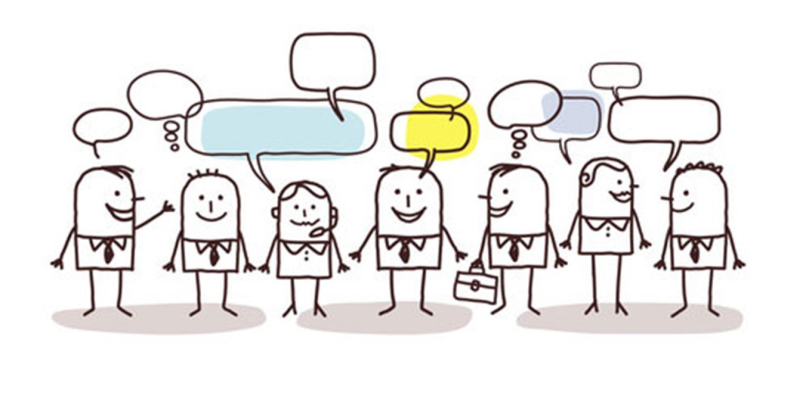At the Understanding Risk 2016 conference in Venice, BBC Media Action, King’s College London, and Resurgence organised a session on Communication for Action: What’s Needed? The session drew on the experiences of researchers and practitioners who are actively involved in risk communication.
Emma Visman, Visiting Senior Research Fellow at King’s College London, began the session highlighting that the gap in communicating knowledge is not new – this has been something that we have had difficulty in implementing for a long time. But we seem not to be learning our lessons. She gave several reasons for this behaviour – there are a lack of opportunities for sharing learning, there is no reward for sharing failure, and there is a lack of risk communication as part of science training. She went on to outline some advice to help with this communication gap: regular sharing of lessons – including what did and did not work, the need for a two-way communication process, at all levels, scientists need to understand the needs of the users of the outcomes, and people at risk require a seat at the table to have a voice in decisions.

Mark Harvey, CEO of Resurgence, then walked us through two examples of communication in disaster situations. The first was in Srinagar, Kashmir, where an assessment was carried out in 2010 warning of likely inundation in five years related to unplanned development in risk areas. However, this warning did not reach the public health department or the public, and in 2014 300 people died from flooding. The second example was from Myanmar – in 2008 there was vital information on the likelihood of landfall of Typhoon Nargis, but there was poor communication of the risk, referring to it as a “rainstorm”, and a lack of communication via radio (the main source of information for many poorer or rural communities). As a result of the Typhoon, 84,500 people were killed and 53,800 went missing. However, in 2015, Myanmar’s radio station regularly communicated the progress of Typhoon Komen and flooding risks with BBC Media Action, including guidance on how to prepare and respond. As a result, the impacts were less devastating than in 2008, with approximately 100 people killed.

Allan Vera from Christian Aid focused on a case study of urban resilience in the Philippines. Communities in urban areas at risk from natural hazards felt blamed for their risks, were prohibited return to their homes post-disasters, felt like powerless victims, and did not want to move away from their source of livelihoods despite the risks they faced (and if they were forced to move, they were then exposed to natural hazards they had no previous experience with). Due to a loophole in the law, urban dwellers risk eviction without the recourse of challenge in the face of disaster risks, and as such there is a prolific lack of investment in housing and risk reduction measures. To tackle this, Christian Aid focused on building trust by settling organisers to live within the community, initiating informal conversations about risks, mentoring leaders, encouraging grass-root groups and building leadership skills such as debate and disaster risk management knowledge. The project built confidence and trust within the community, and later, scientists were welcomed into the community to discuss the risks the community faced through workshops. Overall, the approach lead to disaster risk reduction strategies aligned with the community needs and wishes.

Lisa Robinson from BBC Media Action finished the round of presentations with some advice on how to communicate risk to enable action:
Know your target audience.
If you address everyone, you address no one. Therefore, figure out who you are targeting and focus your energies on communicating what they need in a way they will understand. Also, understand their motivations to communicate effectively. For example, a study found people were ignoring evacuation advice because they were returning home to save their pets. By communicating an evacuation plan that included their pets, people were more likely to evacuate.
Know what you want to change.
Identify the problem that you want to change. Identify what help you need to achieve those changes. Realise there is a process between knowing information and behaviour change. For example, most people who smoke know that it is bad for their health. But this does not change their behaviour. We need to understand the process between information and change to reach the end goal of change.
Be engaging.
Good intentions are not enough to bring about action. As a communicator, your job is to make it interesting so the end-user will pay attention. Change cannot be made without starting a conversation. So start the conversation.
